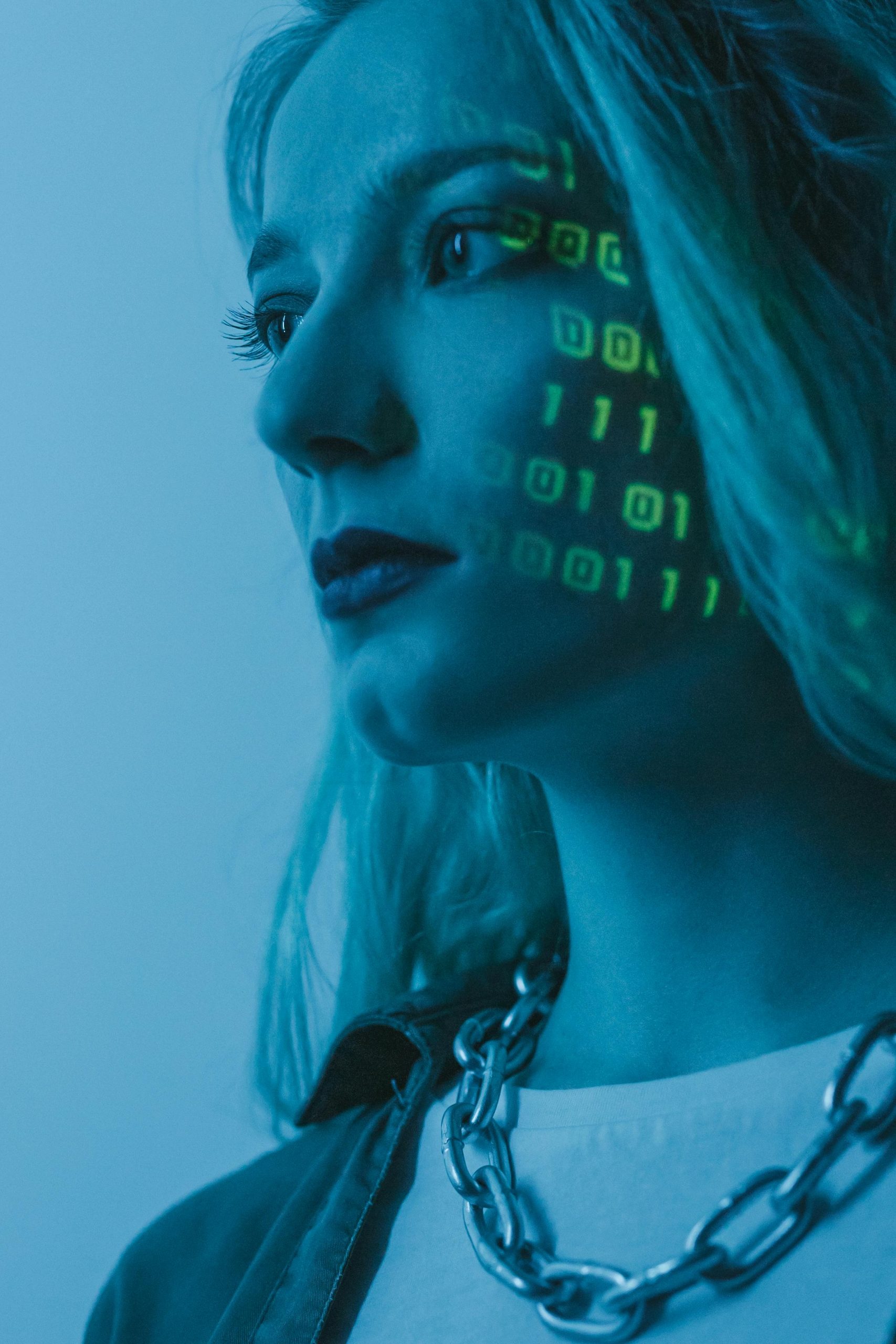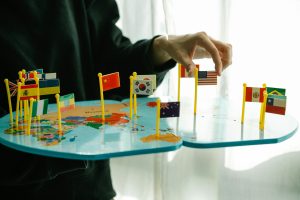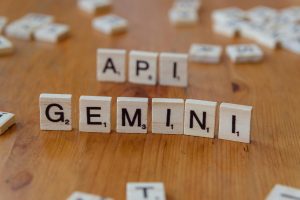What will happen to training models when the internet is largely filled with AI generated images?
The Future of AI Training Models in an Era of Generated Content
As we navigate the evolving landscape of the internet, one question looms large over the future of artificial intelligence: what will become of training models when the digital realm is increasingly dominated by AI-generated images?
Recent trends indicate a significant rise in the prevalence of synthetic visuals online. This surge raises concerns about the integrity of the data used to train AI systems. Imagine a scenario a few years from now where fifty percent of all images on the internet are produced by AI technology. This would mean that a substantial portion of the datasets used for training future models would also consist of these AI-created images.
But what does this mean for the evolution of AI? If generative models—those that create images—begin to feed on their own outputs, we may face a cycle of degradation. The quality and diversity of images could potentially suffer as models generate increasingly similar content based on previous outputs, leading to a homogenization of visual media.
Predicting the long-term implications of this phenomenon is complex, but one possibility is a decline in the richness and variety of generated images. As these models continuously iterate on self-created images, they may struggle to innovate and adapt beyond their original programming.
As we consider the ramifications of an internet saturated with AI-generated visuals, it’s crucial to reflect on the potential challenges for future training models. Will they have the ability to evolve creatively, or will they become trapped in a loop of replication? The answers could shape not just the field of AI but also the way we interact with visual content online.
What are your thoughts on the future of AI and its impact on creative media? Join the conversation!














Post Comment